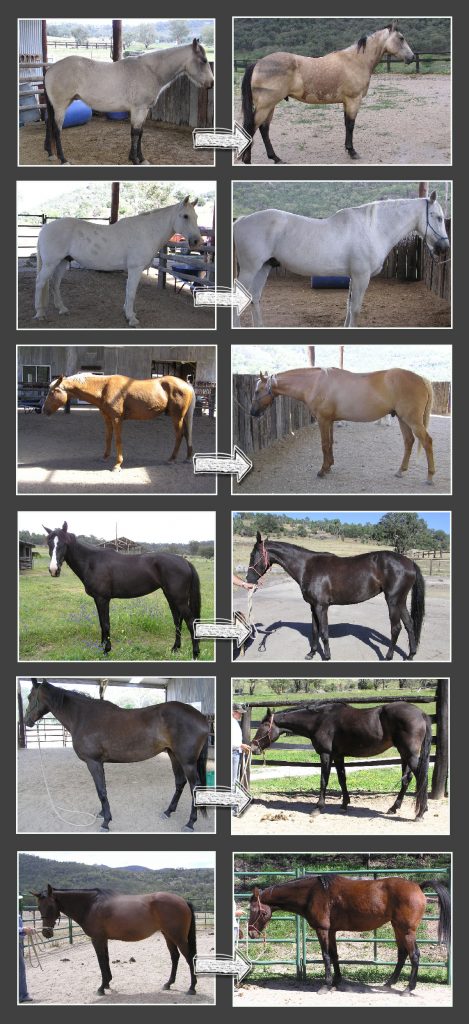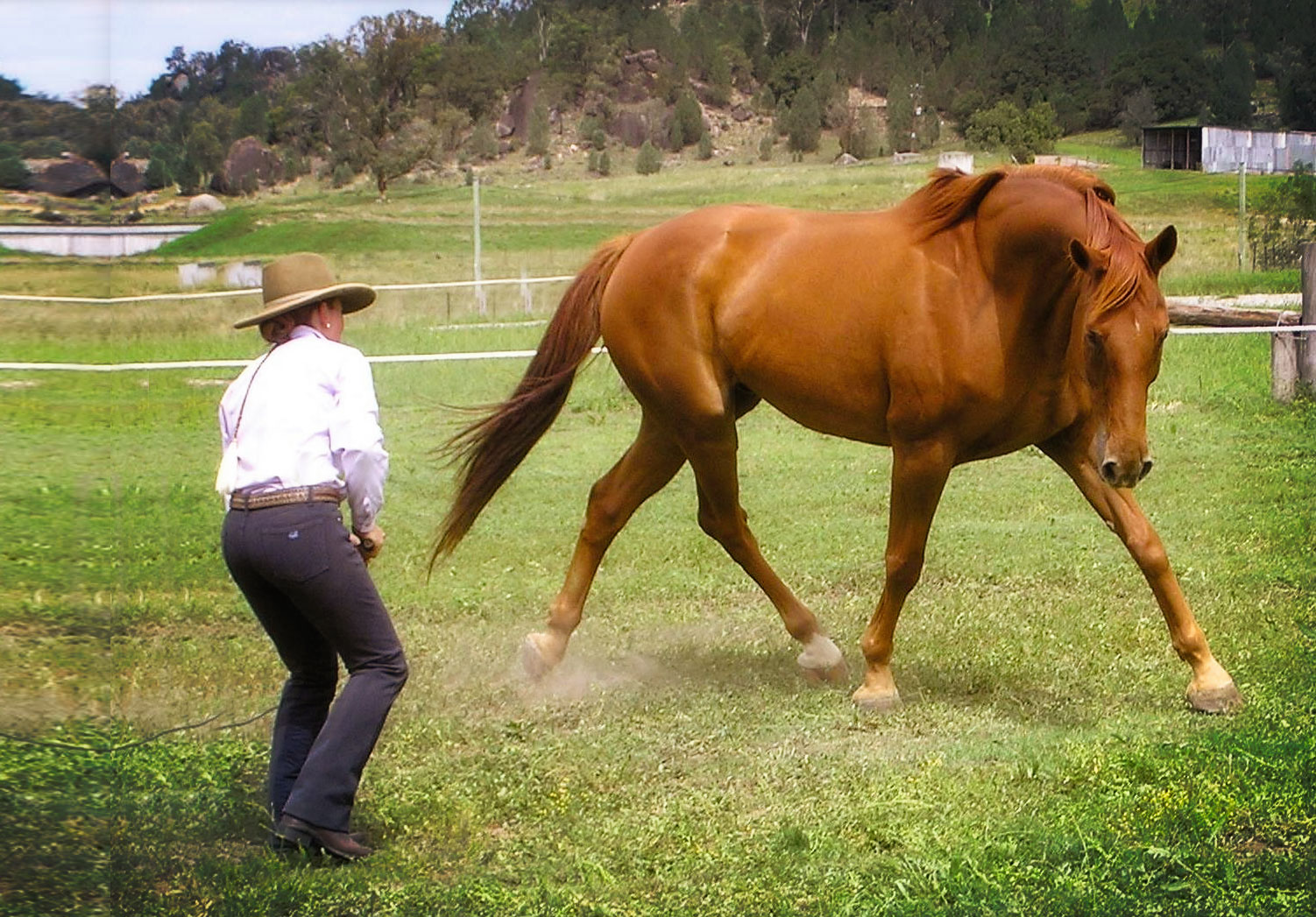
Details about the venue and human accomodation...
“Alchemy Place”
413 Gaol Creek RdMoonbi, NSW
You can find out more details about “Alchemy Place” and it’s facilities here.Onsite stay (camping) is available with kitchen and shower facilities. Horse overnight stay is $10/night in a yard.There is some accomodation available in onsite caravans or bring your own.
0428 385 745
Start & Finish Times 9:00-5:00
Prerequisite for this course – Connecting and Fundamental Feel in Groundskills.
- Need help with a poor top line, to get your horse round and working in a good frame, with engagement, collection and self-carriage?
- Want to get this done without force and enhance the relationship in the process?
- Want a safe, sound, happy and healthy horse?
- Want to rehabilitate a “broken” horse?
- Want to develop a super athlete?
I can show you how.
Learn about the course content...
These courses are taught in simple easy to understand layman’s terms. They contain the fundamental principles of biomechanics that every horse rider should know – whether they are a pleasure rider or whether they are aiming for peak performance in a specific discipline. It all starts on the ground and is then transferred to the saddle.
Understanding your horse’s physical body is just as important as understanding their mind and emotions if you are asking your horse to do anything physically – groundwork /play or riding. If what you are asking your horse to do causes them to inadvertently feel “bad” because they are unbalanced, your timing is wrong, their body is biomechanically not well organized or they are sore, this will be relationship destroying. However if you cause your horse to feel better because you are helping them to feel more balanced, aligned, free and powerful, this will be relationship enhancing, in a big way. In this course you will learn what correct biomechanics are, what they look like and how to get your horse started in using his or her body in a better way.
When a horse is moving with good biomechanics – the horse is exuding positive emotions and a positive expression. A horse with correct biomechanics will not be shut down, resigned, tense or stressed, to the contrary they will be in a state of energised, active relaxation and be happy and willing. Of course there are many technical aspects, which we go into in the courses, which must coincide with these emotional aspects but it is helpful to know that if a horse is not in a positive emotional state, it is not possible to have truly correct biomechanics. They cannot be forced into a correct biomechanical state. Optimal biomechanics require the horse to engaging not only their hindquarters but also their heart, mind and spirit. The horse must choose to follow your lead because they are firstly willing and secondly physically able.
All great things start with a great foundation. These courses are a foundation for success upon which incredible things can be built. The next succession of courses will teach how to develop good riding skills and biomechanics under saddle.
Who are these courses for ?
These are fundamental principles that EVERY horse rider should know, but also for people that just want to play/work with horses on the ground or help rehabilitate horses. This program can help horses with hollow backs, weak backs, poor top lines, poor posture* (commonly and incorrectly confused with bad conformation), downhill horses, horses that pull themselves along with their forehand, horses that don’t travel straight, have trouble turning, bending, picking up certain canter leads or have difficulty with you on a trot diagonal. It will give you the tools to prepare your horse to be balanced and develop some strength in preparation for riding either because your horse has been on a spell, has never learned to use his body well or is about to be started under saddle. It can help with horses who are spooky, shy, oversensitive and reactive, impulsive or who lack impulsion and are shut down and lack energy and motivation. This teaching is VERY powerful in helping horses and humans work together in harmony and reach their highest potential. In some cases it will need to be supported by other bodywork, nutritional supplementation and corrective/supportive trimming and hoof care.
I highly recommend that people learn and do this ground work therapy program before coming to my riding courses so the horses will be more prepared mentally, emotionally and physically before being ridden.
PLEASE NOTE: To be eligible to do this course with your horse you will need to have completed the Introductory Connecting and Fundamental Feel in Groundskills course. However, you may come along without a horse without having any prior learning with me.
* What is the difference between posture and conformation?
Conformation is the size and shape of the bones and posture is how the soft tissue holds the bones in place. You can’t change conformation much but you can change posture a LOT.And the GOOD NEWS is – most things that people refer to as conformation faults are actually postural issues !!!!
Things like – ewe necked, hollow backed, narrow chested, splay footed, pigeon toed, cow hocked, camped out, camped under, downhill ( yes even in quarter horses there is potential to change), poor top line, mutton whithered, high whithered, roach backed, hunters bumps – just to name a few. As long as these conditions haven’t become calcified they are changeable and even with calcification (calcifications have been known to dissolve) there is still possibility for change. This is EXCITING !!!!!!
Why do healthy or correct biomechanics matter?
In a nutshell – a horse or human doing something with correct biomechanics will be more efficient, more powerful and or have more speed with less effort. The same task or activity when performed with correct biomechanics will seem relatively effortless and easy compared with poor biomechanics making it tiring, strenuous and uncomfortable, sometimes to the point of painful and damaging to the body. Good biomechanics mean there will be less strain and wear and tear on the body therefore less injury prone. Good biomechanics also lead to the better functioning of all the internal aspects of the body for example the nervous system, digestive system, cardiovascular and lymphatic system. It also puts us in a more positive mental and emotional state.
All these things add up to a horse with good biomechanics enjoying being ridden or with poor biomechanics for the experience of being ridden to be uncomfortable and even unbearable – which as you can imagine is going to lead to a lot of emotional and so called “bad” behavioural issues.
So riding can either be therapeutic and a positive experience for the horse or a detrimental and damaging experience. If we choose to ride a horse we have a responsibility to make it a positive experience for them. When it is a positive experience for them it will be an even more positive experience for us. When we can give the horse what they need they can give us what we want.
Good biomechanics lead to a calm, safe, sound, healthy, athletic, responsive, balanced horse that is willing, enthusiastic, has good energy and impulsion and has a proud majestic presence. What more could you want ? I think that I just described the perfect horse for any discipline !!!!
In this course you will learn :-
The difference between posture and conformation.What correct biomechanics are.What a healthy horse’s back and healthy movement look like.Why so many horses have poor posture, balance and biomechanics.How to start changing their posture, balance and lead them back into a better biomechanical way of moving.
For the biomechanics to be right, the whole process must be based on horses being deeply relaxed. A relaxed horse means a safe horse. Most people misunderstand relaxation. Most people think of relaxation as being slouched on the couch with no energy. But there is a different form of relaxation – where the body is totally relaxed but equally, the body is poised, alive with energy and ready to go – this is the form of relaxation that we are talking about. This is the state that the elite of the elite sports people operate at. The foundations are in learning to operate in a “centered state” for horse and human – a concept I learned through martial arts. The Introductory Connecting & Ground Skills Course teaches this vital foundation.
Why are the initial stages for developing better biomechanics better done on the ground than under saddle ?
Without the weight of the rider or the saddle, the back muscles in particular, are not restricted and are much more easily able to recover. The less skilled the rider and the heavier the rider is, the more inhibitive they will be to the correct biomechanical movement of the horse which makes it impossible for the horse to find correctness and therefore impossible for the nervous system to be reprogrammed as to what healthy movement is. Without a rider the horses can develop the strength to carry the weight of their own forehands with their hindquarters, before adding the additional weight of a rider and saddle. Even when we are highly skilled in helping horses use their bodies well while riding and light weight, it is often quicker in the long run and easier for the horse, if we do the initial stages on the ground.
If riders are overweight, unfit and unbalanced the groundwork program will also help them to get into a better state of fitness, body weight and body awareness and develop their posture and biomechanics, which is essential to riding horses well.
It is a simple process.
The process is simple and anyone can learn to work with their horse on the ground in this way. Sometimes the power of “simple” is overlooked. Patience, focus and awareness are what is required and you will develop these three things a lot more during the process. Also in the process, by connecting in, being so present and doing something great FOR your horse, you will build an incredible bond between yourself and the horse. The qualities of feel, timing and balance learned on the ground through this process will also help develop the skills you need to be a great rider.
CASE STUDIESFollowing are some before and after pictures of a few of the horses that I have worked with showing the changes in their postures. Most of these changes took place over a 6-12 week period. The process involved groundwork, riding and energetic healing and bodywork.
This is FEEL GOOD HORSEMANSHIP – it causes horses and humans to FEEL GOOD !!!
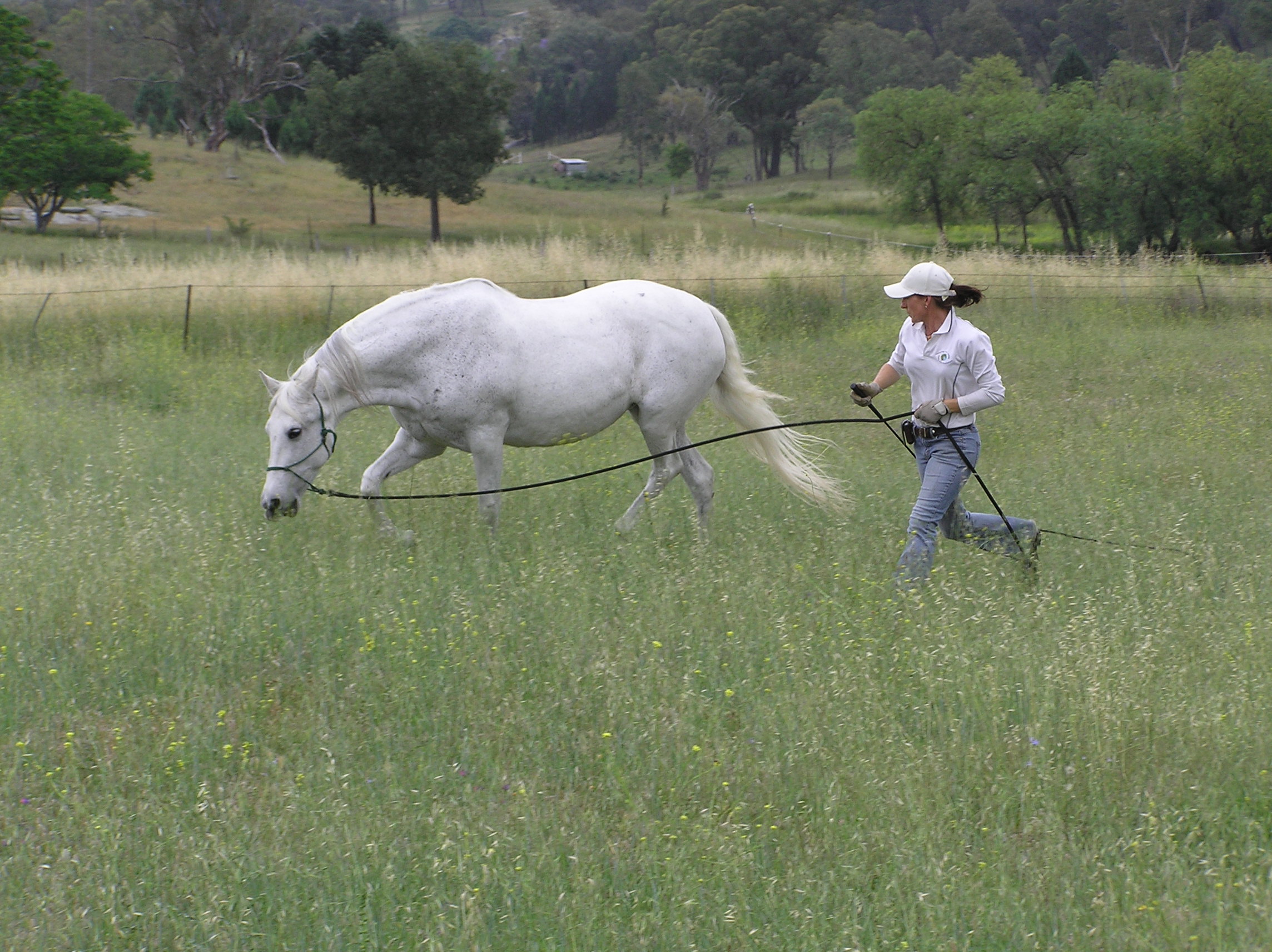
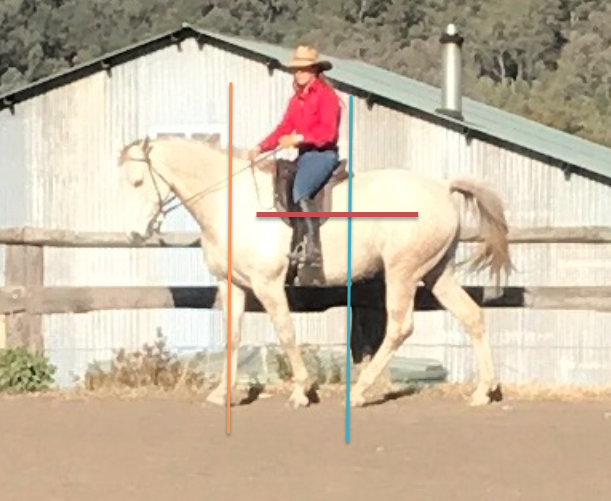
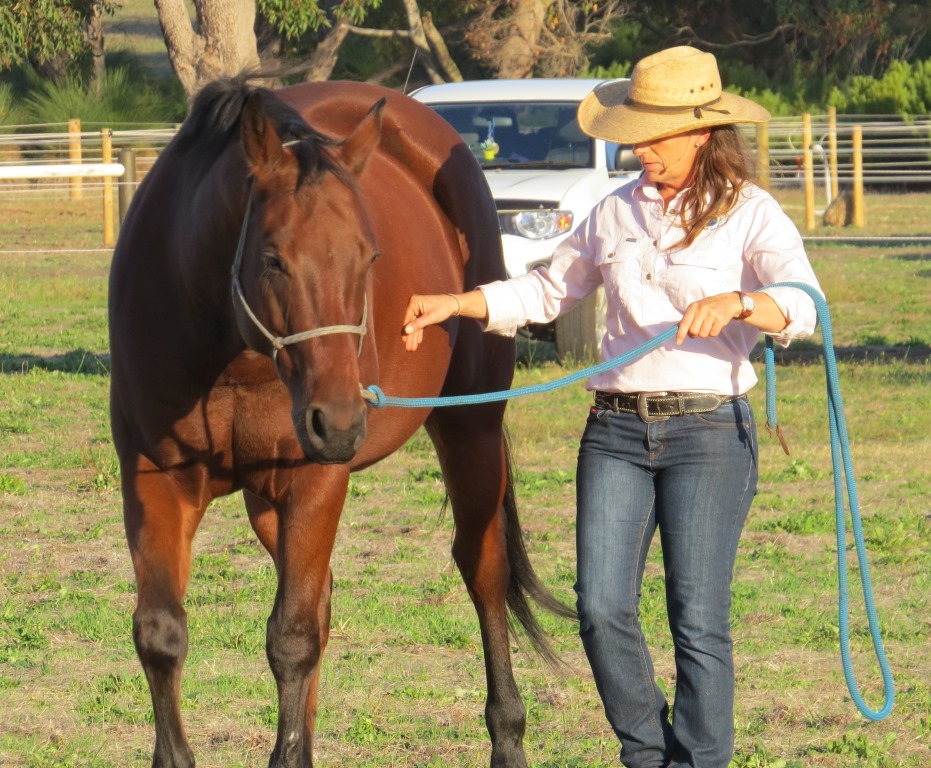
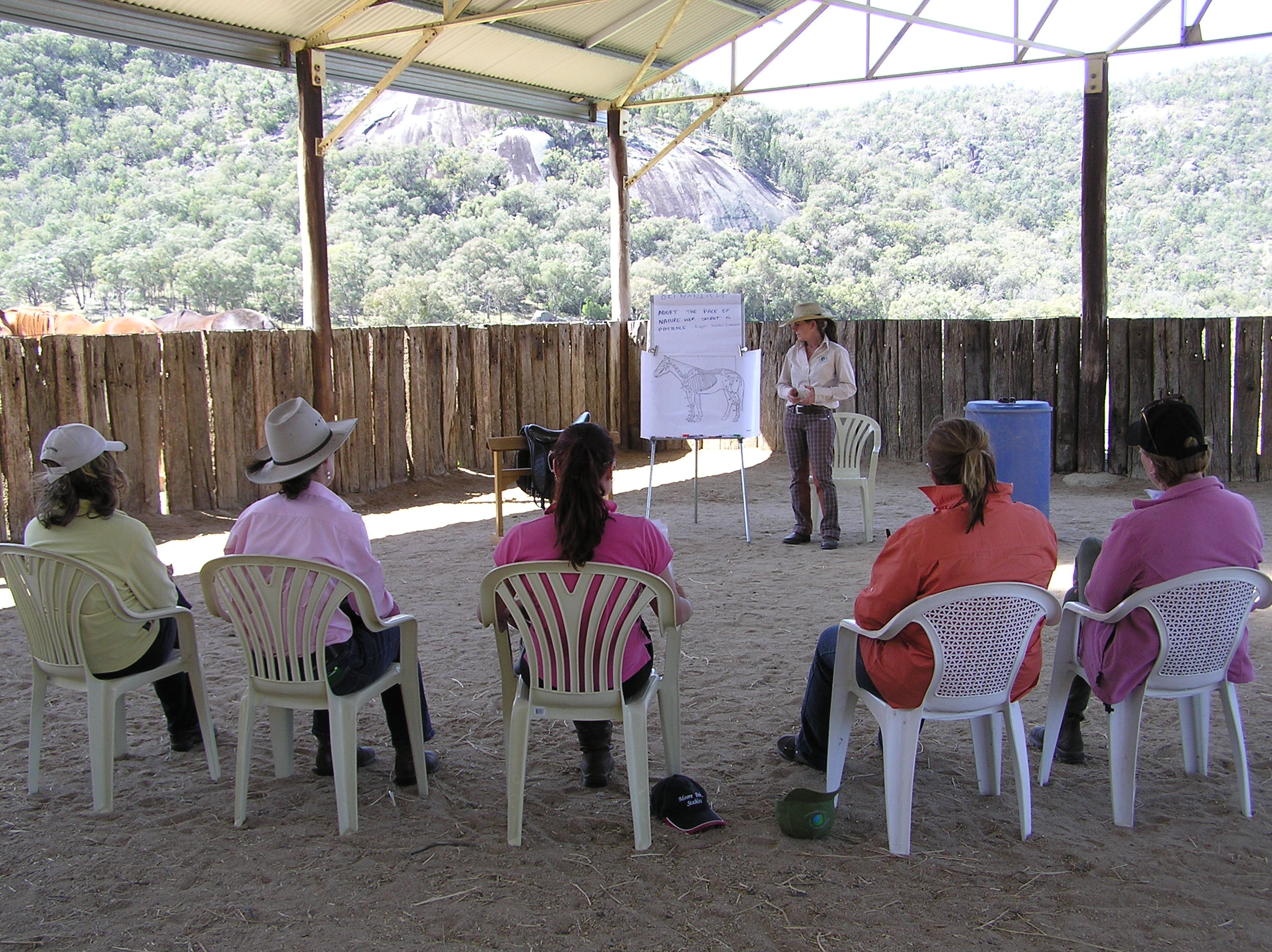
Come along with or without your horse.
Of course if you can bring your horse along your learning will be maximized as nothing beats hands on experience and having direct feedback from a supportive instructor to accelerate your learning. However the other option for attending these courses is to come and participate without a horse, in which case you would actively participate in all of the theory sessions, Q & A sessions, most simulations as well as watch the demonstrations and observe those with horses practice the techniques. People coming without their horses are not just fence sitters. All of these “non-hands on” with horses sessions actually make up a big percentage of this course so the fee is priced appropriately.
Investment The cost to come with your horse is $440 for 2 days EB (early bird) Price – if full payment is made before Aug 18. After that the price is $480. The cost to come without your horse is $110/day or $220 for 2 days.
PLEASE NOTE: No stallions without prior permission. Ideally bring the horse that you had in the Connecting and Fundamental Feel course so you are ready to progress. For questions regarding the course content, horsemanship or eligibility for the course contact Mel 0428 385 745 mel@melfleming.com
Please scroll down for booking forms.
‘Functional Saddling’ consultations, BALANCE saddles, Private lessons & Bodywork sessions –
These sessions are available the day before or after the course or in the mornings or evenings of the course.
Find out more details about these sessions
To get more details or book a saddling consultation, private lesson or bodywork session email Mel or call 0428 385 745. Letting me know as soon as you can if you are interested in one of these sessions will help me schedule things to make sure I can fit you in. These sessions are available the day before or after the course or in the mornings or evenings of the course.
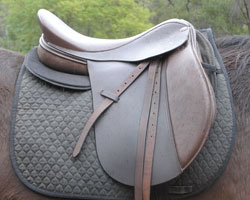
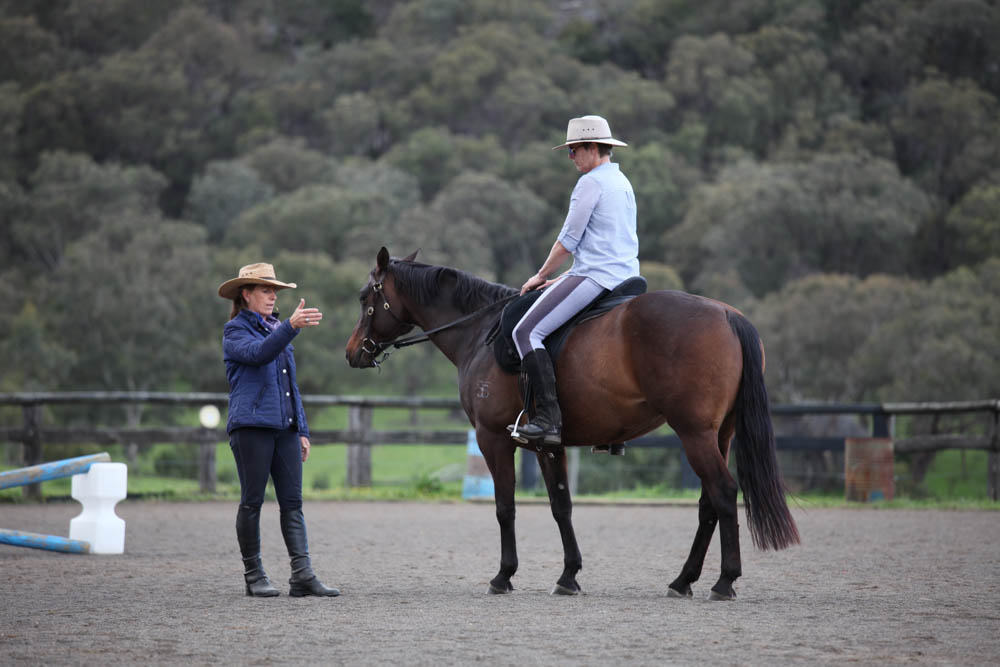
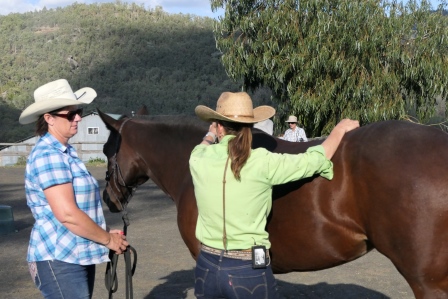
YES!!! - I'm ready to Fast Track & Create the Partnership of my Dreams
In the comments section of the registration form, type in how many weeks and which weeks, you are choosing to do.
